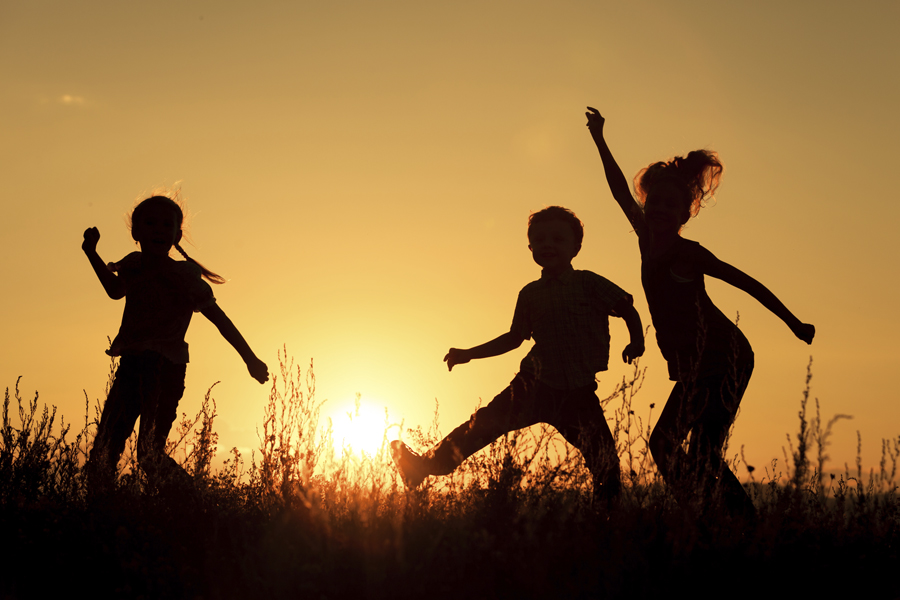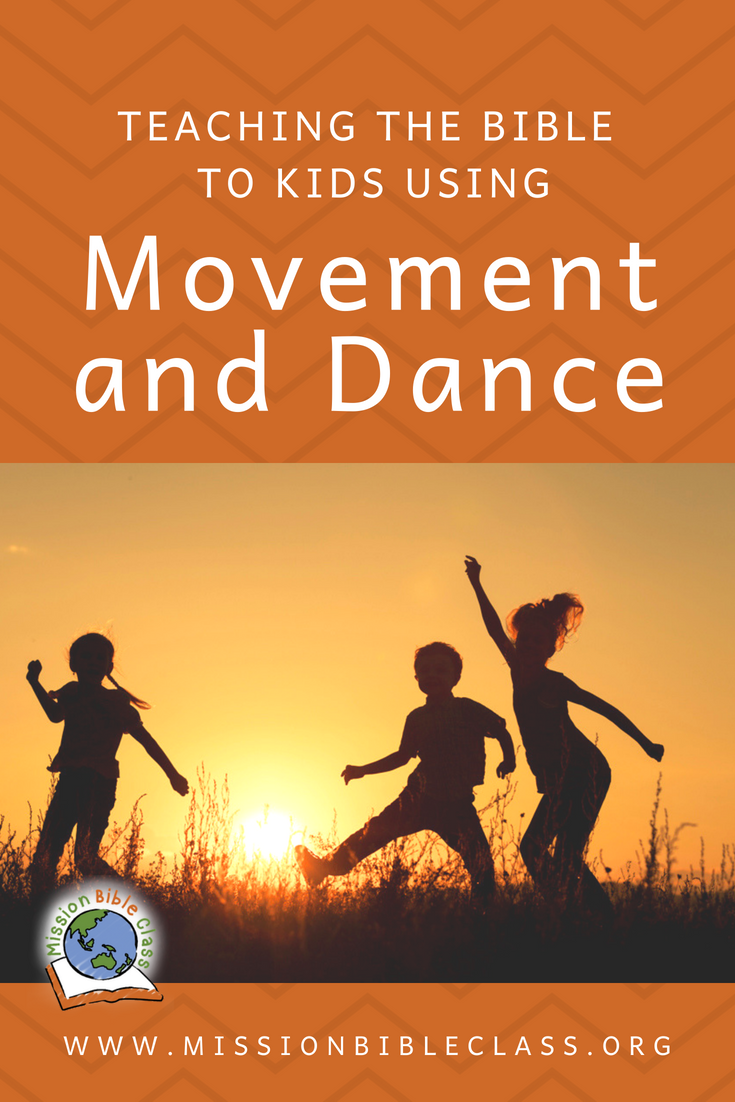
Overview
Children need to move. It is unrealistic to think that children will be able to sit completely still for half an hour or more without a change in activity or some kind of movement. The younger the child, the more this is true. Not only is movement healthy, but it stimulates the brain and helps children make deeper connections to what they’re learning. God made children to be full of energy, so it is okay to let them move and dance!
God never intended that children learn about Him only in lecture type situations. Many, many years ago as the Israelites journeyed to the Promised Land God gave these instructions…
“Listen, people of Israel! The Lord is our God. He is the only Lord. Love the Lord your God with all your heart, soul and strength. Always remember these commands I give you today. Teach them to your children. Talk about them when you sit at home and walk along the road. Talk about them when you lie down and when you get up. Write them down and tie them to your hands as a sign. Tie them on your forehead to remind you. Write them on your doors and gates.” Deuteronomy 6:4-9, ICB
Suggested Activities:
1. Do Something Different to Refocus
Materials:
Materials will depend on your activity of choice.
Description:
A simple shift in pace or activity will help children refocus and can improve their attitude.
- Move to another part of the room to have a prayer.
- Have everyone move to a different seat for a “fresh start.”
- Play a game.
- Try a different way to pray.
- Stand up and stretch and then sing a song.
- Very young children can benefit from a quick activity that allows them to expend a little energy and then refocus. One moment can change the mood of the group. Try simple activities like “Everyone clap if they love God” or “Let’s all do 10 hops and then sit down” or “Wiggle while I count to 10”.
2. Mimic the Actions and Sounds in Bible Stories
Materials:
None
Description:
As you tell a Bible story, allow the children to re-enact the story.
- Encourage the children to make sound effects for the story.
- Snap fingers or tap lightly on the table for the sound of rain during the flood.
- Whistle and blow for the wind when Jesus calms the storm.
- “Baah” like sheep when talking about the lost sheep.
- Dramatise emotions felt by the characters (happy, sad, angry, etc)
- As review, act out scenes from the story
- Play charades using events from recent Bible lessons
- Ask the children to perform an action every time they hear a particular word in the story. For example, “laugh every time you hear the word “laugh” as I tell the story of Abraham and Sarah.
3. Form Words Using “Body Letters”
Materials:
Light (optional)
Description:
Just like in the songs J-O-Y and the J-E-S-U-S Cheer, encourage the children to group together to form words using their arms, legs, etc. If you have a dark room this can be done in front of a light to form fun shadows on the wall.
4. And Don’t Forget to Dance
Materials:
None
Description:
Just as the Hebrews did when God delivered them from Egypt, remember to allow the children to dance in celebration. Many children enjoy cheering, clapping and even dancing to express joy.
- Play previously recorded praise songs or just sing together and dance.
- Have a “dance off” where the teacher calls out various events from the story and the children take turns showing a “dance move” that depicts that event.
“Then Aaron’s sister Miriam, who was a prophetess, took a tambourine in her hand. All the women followed her, playing tambourines and dancing. Miriam told them: ‘Sing to the Lord because he is worthy of great honor. He has thrown the horse and its rider into the sea.’” Exodus 15:20-21, ICB
 ©Mission Bible Class 2011-2024 Copies may only be made for personal and ministry purposes. Not to be sold or profited from in any way. www.missionbibleclass.org
©Mission Bible Class 2011-2024 Copies may only be made for personal and ministry purposes. Not to be sold or profited from in any way. www.missionbibleclass.org
